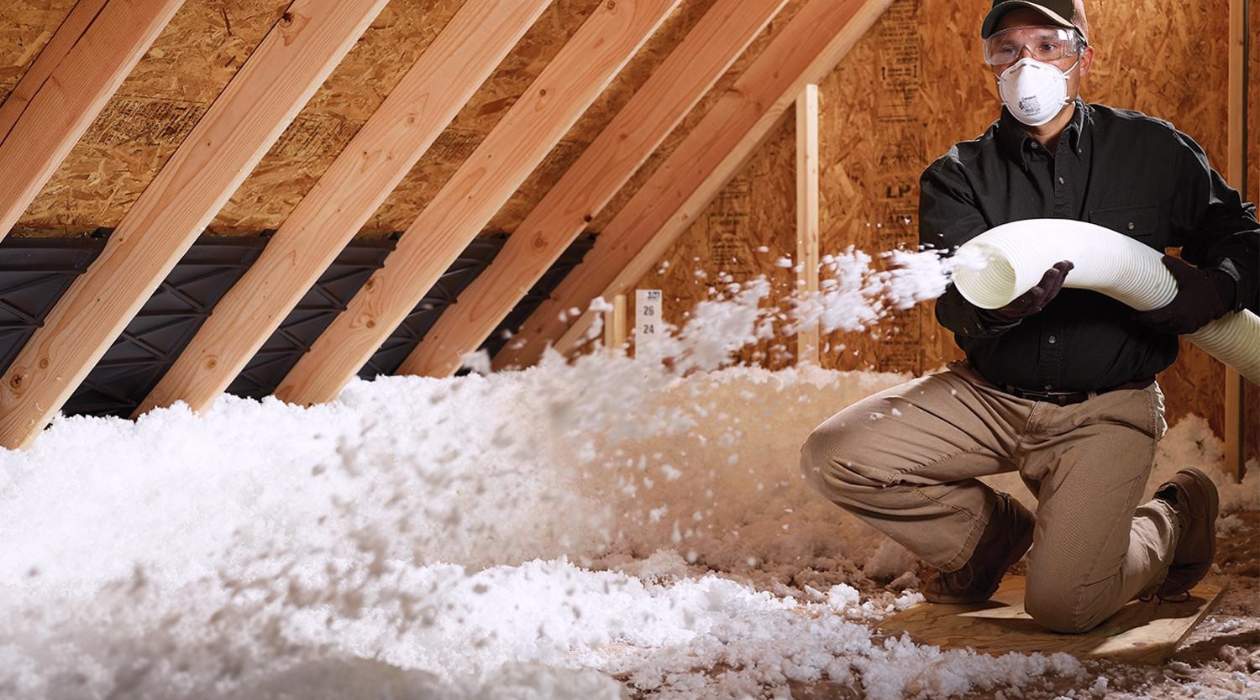

Articles
How Long Does Attic Insulation Last
Modified: December 7, 2023
Discover how long attic insulation lasts and why it's important for energy efficiency. Read informative articles on maintaining and replacing insulation.
(Many of the links in this article redirect to a specific reviewed product. Your purchase of these products through affiliate links helps to generate commission for Storables.com, at no extra cost. Learn more)
Introduction
Welcome to our comprehensive guide on the lifespan of attic insulation. Insulation is a critical component of any home, as it helps maintain a comfortable indoor temperature and reduces energy consumption. Attic insulation, in particular, plays a crucial role in preventing heat loss during the colder months and heat gain in summer. However, like any other component of a house, attic insulation is not immune to wear and tear. Understanding the factors that affect its lifespan and knowing the signs of deterioration can help you take timely action to maintain its effectiveness.
In this article, we will explore the factors that impact the longevity of attic insulation, the different types of insulation, signs of deteriorating insulation, and practical tips to extend its lifespan. So, whether you are planning to install new insulation or assessing the condition of your existing insulation, this article is a valuable resource for you.
Now, let’s delve into the factors that can affect the lifespan of your attic insulation.
Key Takeaways:
- Proper installation, moisture control, and addressing potential issues promptly are crucial for extending the lifespan of attic insulation. Regular inspections and maintenance can help maintain its effectiveness and energy-saving benefits.
- Choosing the right type of insulation based on your needs, budget, and attic conditions is essential for maximizing the longevity of attic insulation. Understanding the signs of deterioration and taking proactive measures can ensure a comfortable and energy-efficient home.
Read more: How Long Does Insulation Last
Factors Affecting the Lifespan of Attic Insulation
Several factors come into play when determining the lifespan of attic insulation. Understanding these factors can help you make informed decisions when it comes to insulation installation and maintenance. Let’s take a closer look at the key factors that affect the longevity of attic insulation:
- Quality of Installation: Proper installation is crucial for the longevity of your attic insulation. If the insulation is not installed correctly, it can lead to gaps, compression, and inadequate coverage, reducing its effectiveness and lifespan.
- Moisture and Water Damage: Moisture is one of the biggest enemies of insulation. Attics can be prone to condensation, leaks, and other sources of moisture, which can damage the insulation over time. Moisture compromises the insulation’s ability to retain heat and can also promote the growth of mold and mildew.
- Pest Infestations: Attics are often susceptible to pest infestations, including rodents and insects. Critters can tunnel through insulation or use it as nesting material, leading to significant damage. Insulation damaged by pests can result in reduced thermal performance and may need to be replaced.
- Age and Wear: Over time, all insulation materials will naturally degrade due to exposure to the elements and normal wear and tear. Factors such as temperature fluctuations, settling, and vibrations can cause insulation to become less effective or develop gaps, reducing its lifespan.
- Insulation Material: The type of insulation material used in your attic can impact its lifespan. Different insulation materials have varying levels of durability and resistance to factors such as moisture, pests, and aging. Understanding the strengths and weaknesses of different insulation types can help you choose the right one for your needs.
- Climate: The climate in which your home is located can also affect the lifespan of attic insulation. Extreme temperatures, high humidity, and frequent temperature fluctuations can accelerate the degradation of insulation materials, reducing their effectiveness and durability.
By considering these factors and taking appropriate measures, you can significantly extend the lifespan of your attic insulation. In the next section, we will explore the different types of insulation commonly used in attics.
Types of Attic Insulation
When it comes to attic insulation, there are several different types to choose from. Each type has its own unique properties, advantages, and considerations. Understanding the different insulation options can help you make an informed decision based on your specific needs and budget. Let’s explore the most common types of attic insulation:
- Fiberglass Insulation: Fiberglass insulation is one of the most widely used types of insulation for attics. It consists of fine glass fibers that are spun together to form a fibrous material. Fiberglass insulation is available in rolls, batts, or loose-fill forms and is relatively affordable. It offers good thermal performance when installed properly. However, it can be itchy during installation and may require protective clothing and a mask.
- Cellulose Insulation: Cellulose insulation is made from recycled paper fibers treated with fire-retardant chemicals. It can be blown into the attic as loose fill or installed as damp-sprayed insulation. Cellulose insulation provides excellent thermal and sound insulation properties. It is also resistant to pests and mold. However, it is important to ensure proper installation to prevent settling and maintain its effectiveness.
- Spray Foam Insulation: Spray foam insulation is a popular choice for attics due to its excellent insulating properties. It is applied as a liquid that expands and forms a foam barrier. Spray foam insulation creates an airtight seal, offering superior thermal performance and reducing energy costs. However, it is a more expensive option and requires professional installation.
- Rigid Foam Insulation: Rigid foam insulation is composed of compressed foam panels that provide high thermal resistance. It is available in different thicknesses and can be used for both above and below-grade applications. Rigid foam insulation is durable and resistant to moisture and pests. It can be more expensive than other insulation types but offers excellent insulation value.
Choosing the right type of insulation for your attic depends on various factors, including your budget, insulation performance requirements, and the conditions in your attic. Consulting with a professional insulation contractor can help you determine the best option for your specific needs.
Next, we’ll discuss fiberglass insulation in more detail.
Fiberglass Insulation
Fiberglass insulation is one of the most common types of insulation used in attics. It is made of fine glass fibers that are spun together to create a fibrous material. This type of insulation is available in rolls, batts, or loose-fill form and is known for its affordability and ease of installation.
Here are some key characteristics and considerations of fiberglass insulation:
- Thermal Performance: Fiberglass insulation provides good thermal performance, helping to maintain a comfortable indoor temperature. It slows down the transfer of heat, reducing heat loss during the colder months and heat gain in the summer.
- Durability: Fiberglass insulation is designed to last for a long time when installed properly. However, it can degrade over time due to aging, moisture, or inadequate installation. Regular inspection and maintenance can help detect any issues before they become major problems.
- Fire Resistance: Fiberglass insulation is naturally fire resistant, making it a safe choice for attics. It slows down the spread of fire and helps protect your home in case of a fire incident.
- Installation: Fiberglass insulation is relatively easy to install, especially if it comes in rolls or batts. It can be placed between joists or studs, providing a snug fit for effective insulation. However, it is important to wear protective clothing, such as gloves and a mask, during installation to avoid skin irritation from the glass fibers.
- Moisture Resistance: While fiberglass insulation is not completely waterproof, it is resistant to moisture and does not absorb water. However, if water does infiltrate the insulation due to roof leaks or other issues, it can reduce its effectiveness and create a breeding ground for mold and mildew.
To ensure the best performance and longevity of fiberglass insulation, proper installation is essential. This includes ensuring tight seams and avoiding compression that can reduce its insulating properties. It is also important to keep the insulation away from vents, chimneys, and other heat sources to prevent the risk of fire.
If you are considering installing fiberglass insulation in your attic, it is recommended to consult with a professional insulation contractor. They can provide guidance on the right R-value (insulating capacity) for your area and ensure proper installation.
In the next section, we will explore another common type of attic insulation – cellulose insulation.
Cellulose Insulation
Cellulose insulation is a popular choice for attics due to its excellent thermal and sound insulation properties. It is made from recycled paper fibers that are treated with fire-retardant chemicals to enhance its resistance to flames. Cellulose insulation can be installed as loose-fill insulation or damp-sprayed insulation.
Here are some key characteristics and considerations of cellulose insulation:
- Thermal Performance: Cellulose insulation has a high thermal resistance, which means it provides excellent insulation to keep your home comfortable year-round. It prevents heat loss during the winter and heat gain during the summer, reducing your energy consumption and utility bills.
- Soundproofing: Cellulose insulation is also effective in reducing sound transmission, making it a great choice if you want to minimize noise from outside or between different rooms in your home.
- Durability: Cellulose insulation is durable and long-lasting when properly installed. However, it is important to monitor for signs of settling, as it may require periodic reapplication of additional insulation to maintain its effectiveness.
- Pest and Mold Resistance: Cellulose insulation is treated with fire-retardant chemicals that also make it resistant to pests, such as insects and rodents. Additionally, the chemicals used in cellulose insulation provide resistance to mold and mildew growth, enhancing indoor air quality and protecting your attic from potential damage.
- Installation: Cellulose insulation can be installed as loose-fill insulation, where it is blown into the attic using special equipment. It can also be damp-sprayed onto attic surfaces, providing a seamless and efficient installation process.
- Environmental Impact: Cellulose insulation is an eco-friendly option, as it is made from recycled paper fibers. It helps reduce landfill waste by repurposing materials that would otherwise be discarded.
It is important to ensure proper installation of cellulose insulation to maximize its performance. This involves achieving the recommended density and coverage, as well as addressing any potential moisture issues that may affect its effectiveness over time.
If you are considering cellulose insulation for your attic, consulting with a professional insulation contractor is recommended. They can assess your attic space, determine the optimal R-value for insulation, and provide expert installation to ensure the best results.
In the next section, we will discuss another popular type of attic insulation – spray foam insulation.
Attic insulation can last up to 80 years if properly maintained. However, it’s recommended to check for any signs of wear or damage every 15-20 years to ensure it’s still effective.
Read more: How Long Does An Attic Fan Last
Spray Foam Insulation
Spray foam insulation is a highly efficient and versatile option for attics. It is applied as a liquid that expands and forms a foam barrier, providing excellent thermal insulation and air sealing properties. Spray foam insulation is typically installed by professionals using specialized equipment.
Here are some key characteristics and considerations of spray foam insulation:
- Superior Insulation Performance: Spray foam insulation offers one of the highest R-values (insulating capacity) among insulation materials, providing exceptional thermal resistance. It helps to minimize heat transfer, keeping your home comfortable and energy-efficient.
- Air Sealing: Spray foam insulation expands to fill gaps and cracks, creating an airtight seal. This helps to prevent air leakage, reducing energy loss and improving the overall energy efficiency of your home.
- Noise Reduction: Spray foam insulation can also provide effective soundproofing benefits, minimizing noise transmission from outside and between different rooms in your home.
- Moisture and Mold Resistance: Spray foam insulation is resistant to moisture, preventing water infiltration and reducing the risk of mold and mildew growth in your attic. This can help maintain a healthier indoor environment.
- Durable and Long-Lasting: Properly installed spray foam insulation is known for its durability and long lifespan. It retains its insulating properties over time and does not settle or sag like other types of insulation.
- Professional Installation: Due to the specialized equipment and techniques required, spray foam insulation is typically installed by professionals. They have the expertise and experience to ensure proper application and optimal insulation performance.
- Cost Considerations: Spray foam insulation is considered a premium insulation option and may have a higher upfront cost compared to other insulation materials. However, the long-term energy savings and increased comfort it provides can offset the initial investment.
It is important to note that spray foam insulation should only be installed by trained professionals. The process involves careful mixing and application of the chemicals used to create the foam, ensuring proper insulation performance and safety.
If you are considering spray foam insulation for your attic, consult with a reputable insulation contractor. They will assess your attic space, recommend the appropriate type of spray foam insulation, and provide expert installation.
In the next section, we will explore the signs of deteriorating attic insulation that may indicate the need for replacement or maintenance.
Signs of Deteriorating Attic Insulation
Attic insulation, like any other component of your home, can deteriorate over time. It is important to be aware of the signs that indicate your attic insulation may need attention or replacement. Here are some common signs of deteriorating attic insulation:
- Increased Energy Bills: One of the first signs of declining attic insulation is a noticeable increase in your energy bills. If your insulation is not effectively preventing heat transfer, your heating and cooling systems will have to work harder to maintain a comfortable indoor temperature, leading to higher energy consumption.
- Temperature Fluctuations: If you notice uneven temperatures in different areas of your home, it may be a sign of deteriorating attic insulation. Inadequate insulation can result in hot or cold spots, making it harder to maintain consistent indoor comfort.
- Drafts and Air Leaks: Insufficient or deteriorating insulation can allow air leaks and drafts in your home. You may feel a noticeable draft, especially near windows, doors, or outlets. Air leaks can also be detected by a whistling sound or by holding a candle near potential leak areas and observing any flickering caused by air movement.
- Visible Damage or Settling: Insulation that has settled, compressed, or shows signs of damage may not provide adequate insulation. Look for areas where the insulation appears thin, flattened, or has gaps. Pests, water damage, or aging can contribute to visible insulation deterioration.
- Pest Infestations: Attics with deteriorating insulation may attract pests such as rodents or insects. These pests may damage the insulation by tunneling through or using it as nesting material. If you notice pest droppings or signs of critter activity in your attic, it’s important to assess the condition of your insulation.
- Mold or Mildew Growth: Moisture infiltration due to leaks or other issues can lead to the growth of mold or mildew in your attic. This not only compromises the air quality in your home but can also indicate a problem with your insulation. Insulation affected by mold or mildew may need to be replaced to prevent further damage and maintain a healthy living environment.
If you observe any of these signs, it is crucial to take action to address the issues with your attic insulation. In some cases, insulation repair or replacement may be necessary to restore its effectiveness and maintain energy efficiency in your home.
In the next section, we will discuss practical tips for extending the lifespan of your attic insulation.
Extending the Lifespan of Attic Insulation
Maintaining and extending the lifespan of your attic insulation is essential for optimal energy efficiency and comfort in your home. While insulation does degrade over time, there are several steps you can take to help prolong its effectiveness. Here are some practical tips for extending the lifespan of your attic insulation:
- Regular Insulation Inspections: Schedule regular inspections of your attic insulation to detect any signs of damage, settling, or pest infestations. Promptly addressing these issues can prevent further deterioration and extend the lifespan of your insulation.
- Address Moisture Issues: Moisture is one of the biggest culprits when it comes to insulation damage. Regularly check for leaks in the attic and address any roof or plumbing issues promptly. Ensure proper ventilation to reduce condensation and humidity levels in the attic.
- Sealing Air Leaks: Eliminating air leaks in your attic can significantly improve the effectiveness of your insulation. Seal gaps around windows, doors, electrical outlets, and plumbing penetrations. Use weatherstripping and caulking to seal any noticeable gaps or cracks.
- Clear Attic Vents: Proper airflow is crucial for maintaining the health of your attic insulation. Ensure that attic vents are clear of debris, such as leaves or nests, to promote adequate ventilation. This helps prevent moisture buildup and excessive heat that can damage the insulation.
- Manage Pest Control: Regularly inspect your attic for signs of pests, such as rodents or insects. If you identify any infestations, take appropriate action to remove the pests and repair any damages to the insulation promptly.
- Perform Insulation Topping: Over time, insulation may settle, leading to reduced effectiveness. Consider topping up the insulation to restore its thickness and thermal performance. Consult with a professional insulation contractor to determine the appropriate amount of additional insulation required based on your region’s climate and insulation needs.
- Maintain Proper Attic Usage: Attics are not meant for storage or as living spaces. Avoid placing heavy objects on the insulation, as it can lead to compression and reduced effectiveness. Ensure that any wiring, pipes, or ductwork in the attic are properly insulated to prevent any impact on the surrounding insulation.
By following these tips, you can help extend the lifespan of your attic insulation and maintain its energy-saving benefits. If you are unsure about the condition of your insulation or need assistance with repairs or maintenance, it is recommended to consult with a professional insulation contractor.
Now, let’s wrap up the article with a summary of the key points discussed.
Conclusion
Attic insulation plays a crucial role in maintaining a comfortable and energy-efficient home. Understanding the factors that affect its lifespan and knowing the signs of deterioration are essential for ensuring its effectiveness. In this comprehensive guide, we explored the lifespan of attic insulation, the factors that can impact it, and practical tips for extending its lifespan.
We learned that several factors can influence the longevity of your attic insulation, including the quality of installation, moisture and water damage, pest infestations, age and wear, insulation material, and climate. Proper installation, moisture control, and addressing potential issues promptly are important for maintaining the longevity of your insulation.
We also discussed the most common types of insulation used in attics. Fiberglass insulation, cellulose insulation, and spray foam insulation each have unique characteristics and considerations. Choosing the right type of insulation based on your needs, budget, and attic conditions is crucial.
Additionally, we explored the signs of deteriorating attic insulation, such as increased energy bills, temperature fluctuations, drafts, visible damage or settling, pest infestations, and mold or mildew growth. Monitoring and addressing these signs promptly are vital to prevent further damage to your insulation and maintain a comfortable indoor environment.
Finally, we provided practical tips for extending the lifespan of your attic insulation. Regular inspections, addressing moisture issues, sealing air leaks, managing pest control, performing insulation topping, and maintaining proper attic usage can all contribute to the long-term effectiveness of your insulation.
Remember, if you are unsure about the condition of your insulation or need assistance with repairs or maintenance, it is always recommended to consult with a professional insulation contractor. They can help assess your attic space, recommend the right insulation solutions, and ensure proper installation.
By taking proactive measures and staying vigilant, you can maximize the lifespan of your attic insulation and enjoy a comfortable, energy-efficient home for years to come.
Frequently Asked Questions about How Long Does Attic Insulation Last
Was this page helpful?
At Storables.com, we guarantee accurate and reliable information. Our content, validated by Expert Board Contributors, is crafted following stringent Editorial Policies. We're committed to providing you with well-researched, expert-backed insights for all your informational needs.
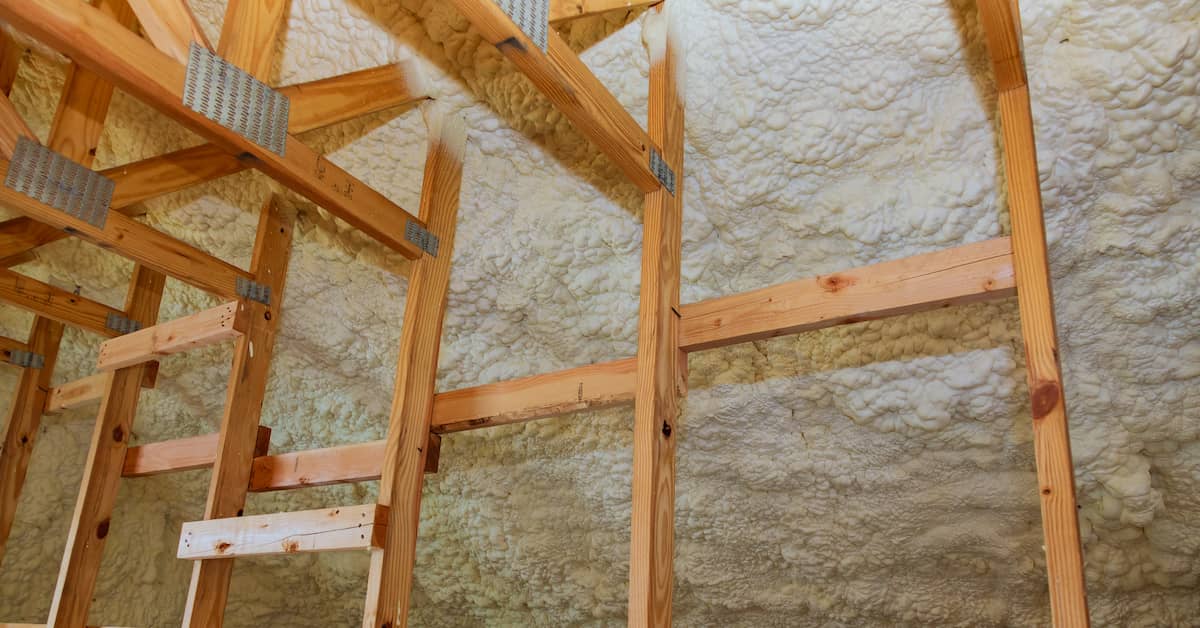
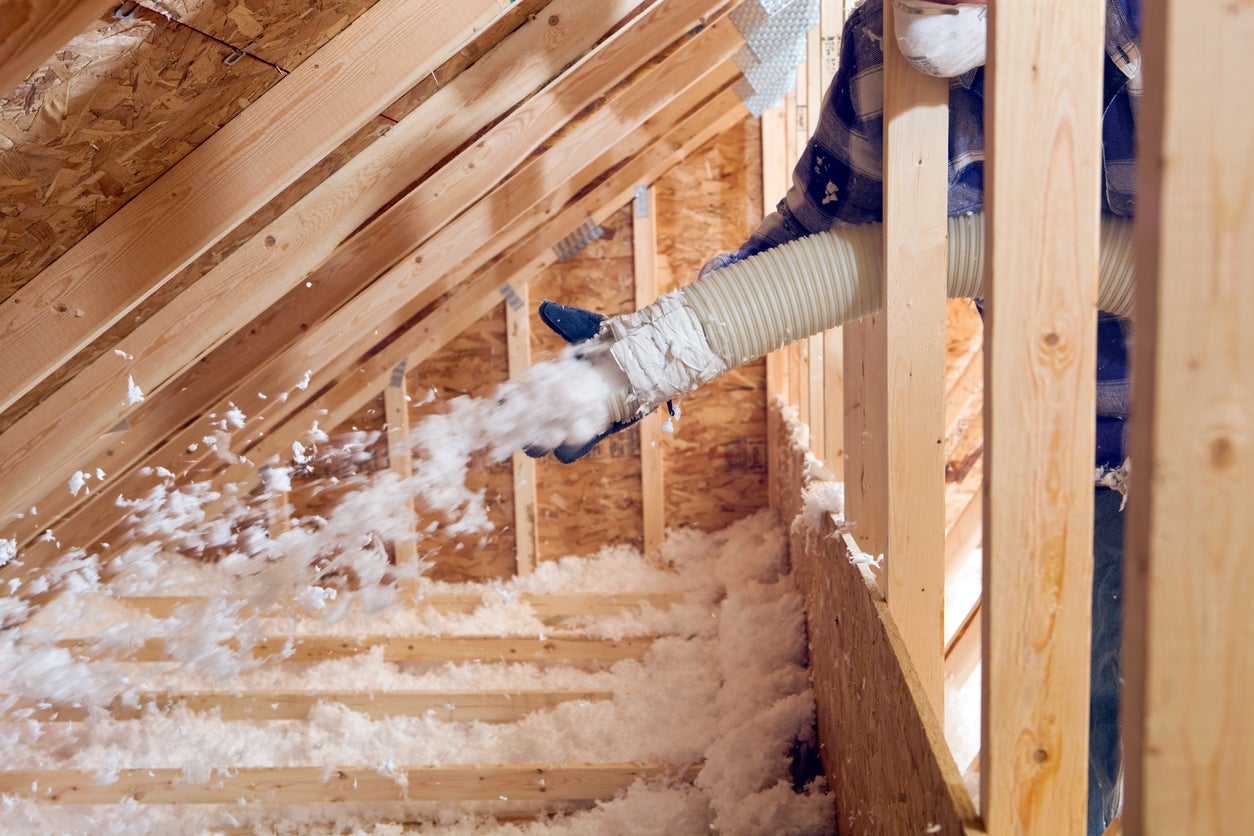
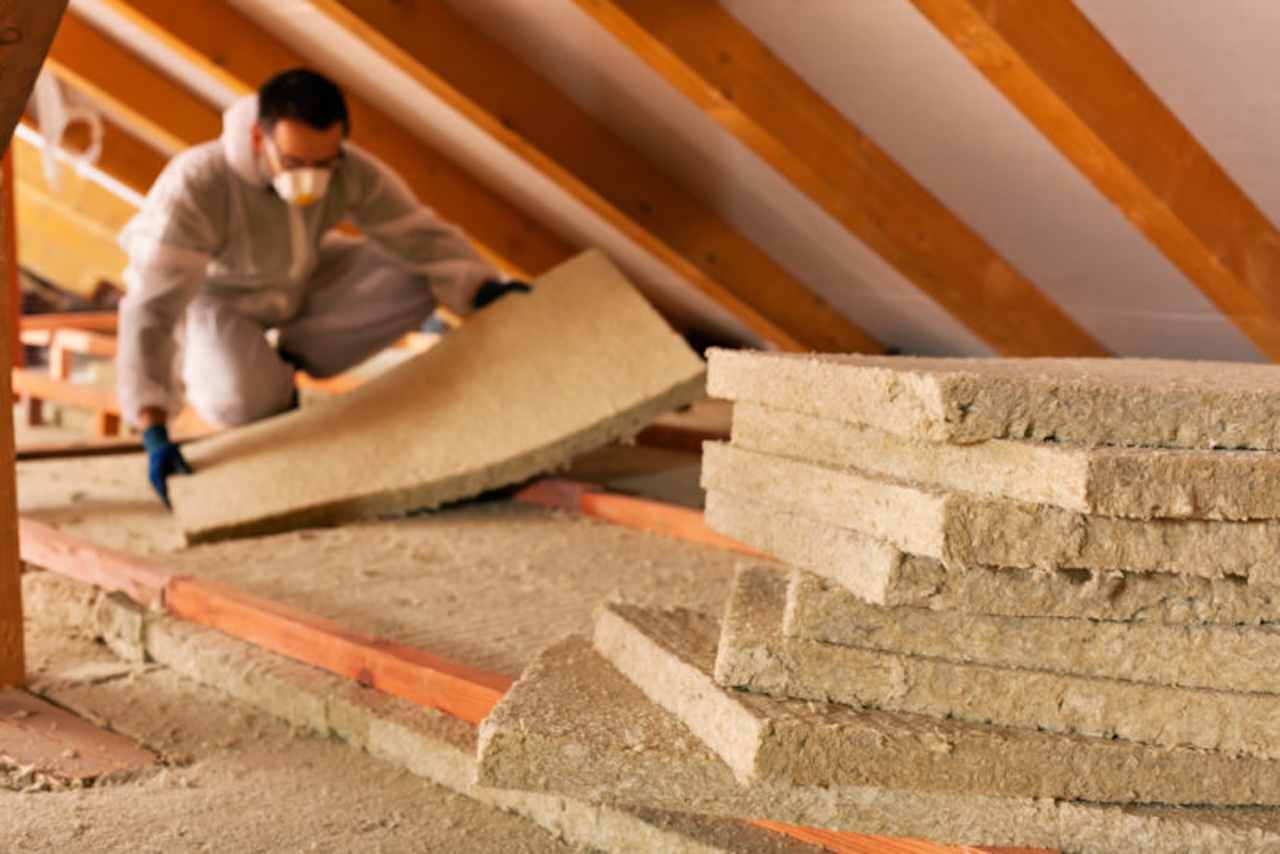
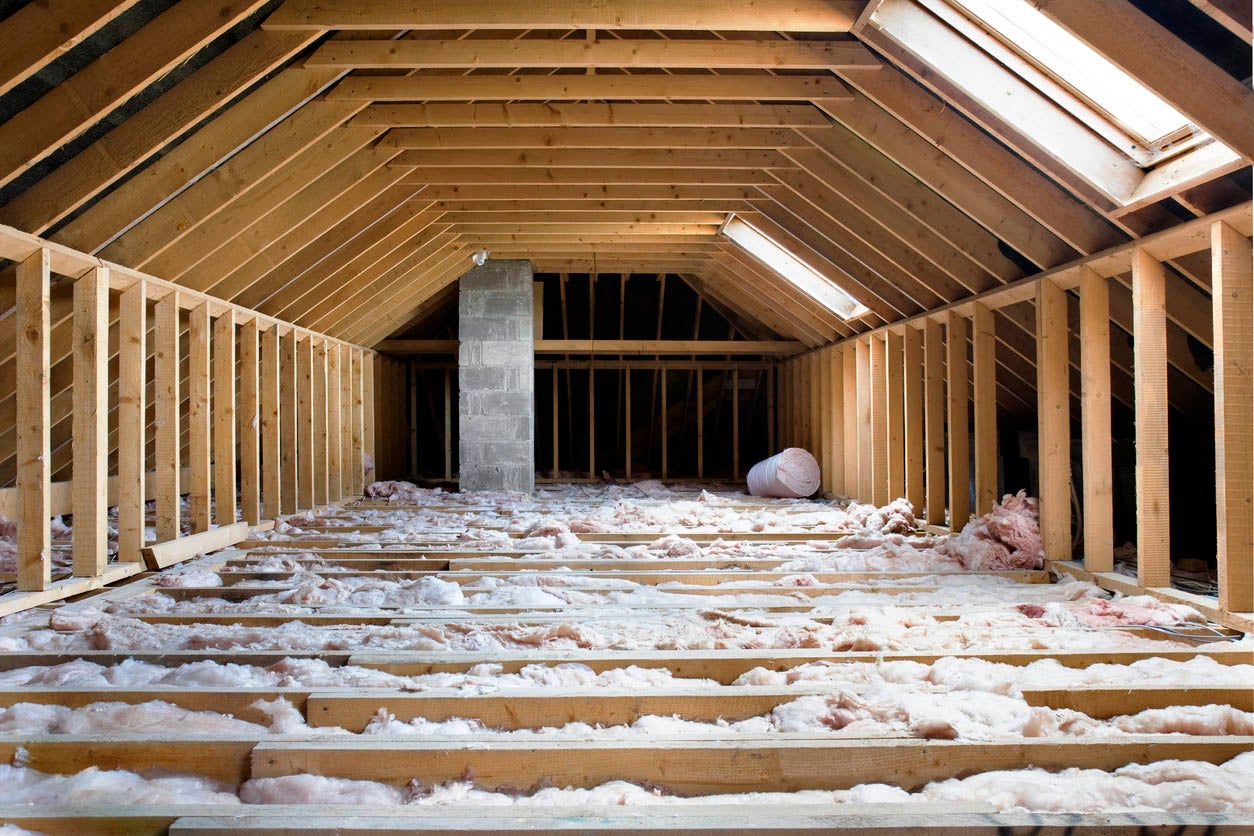
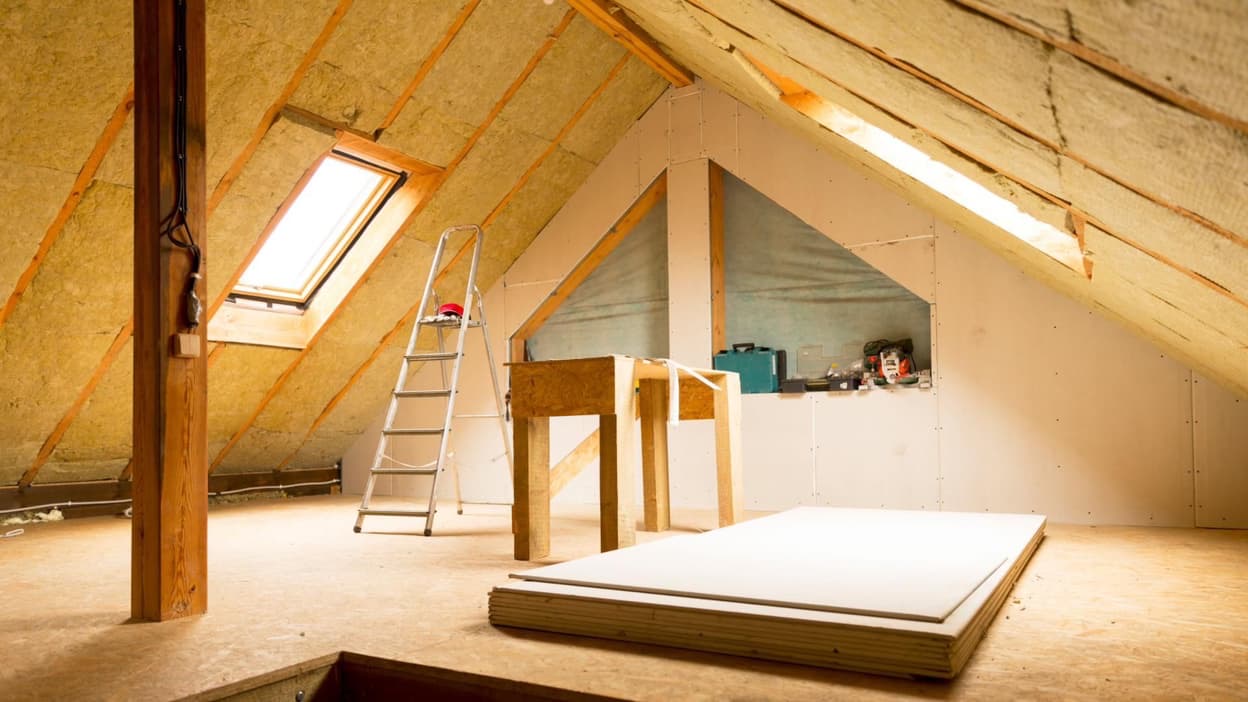
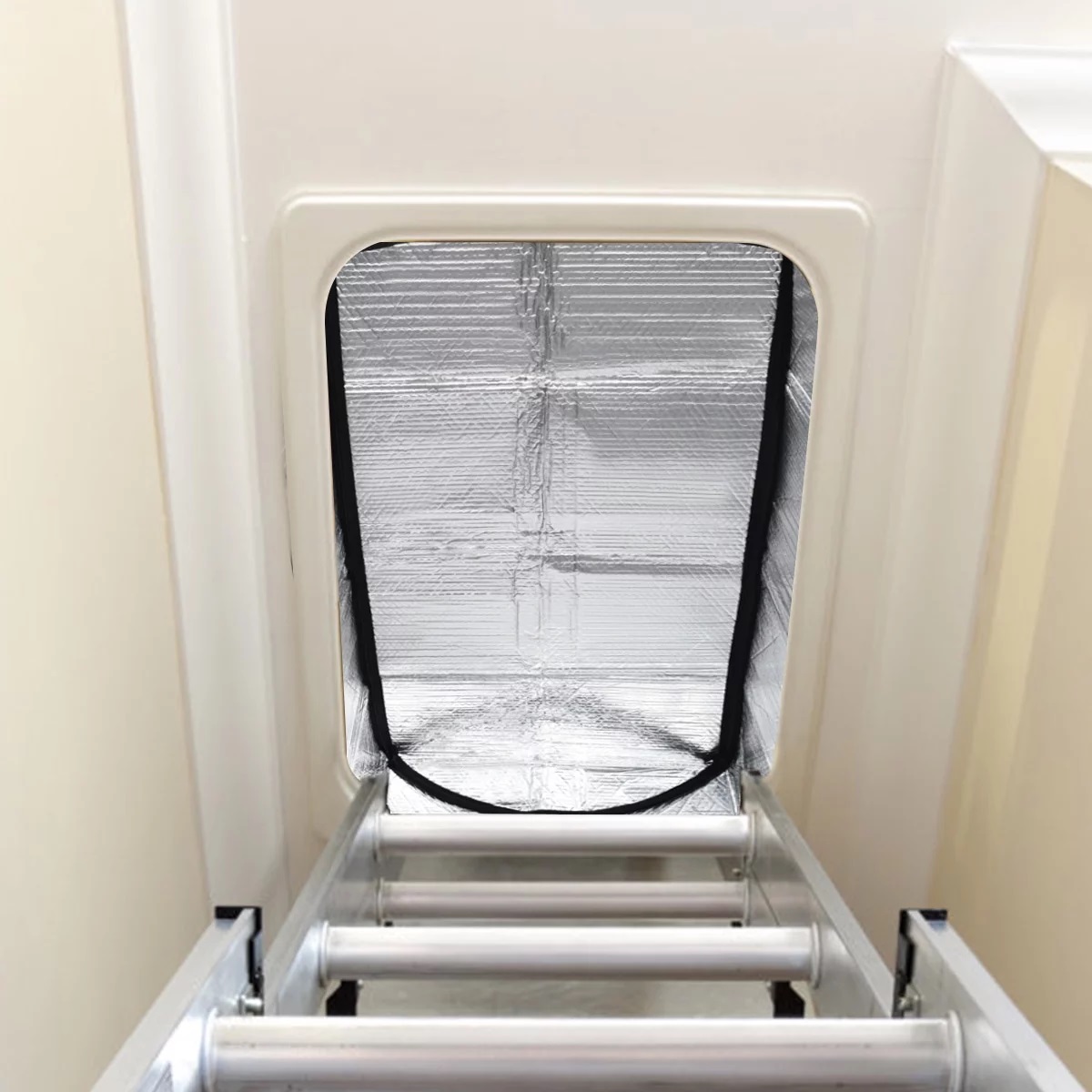
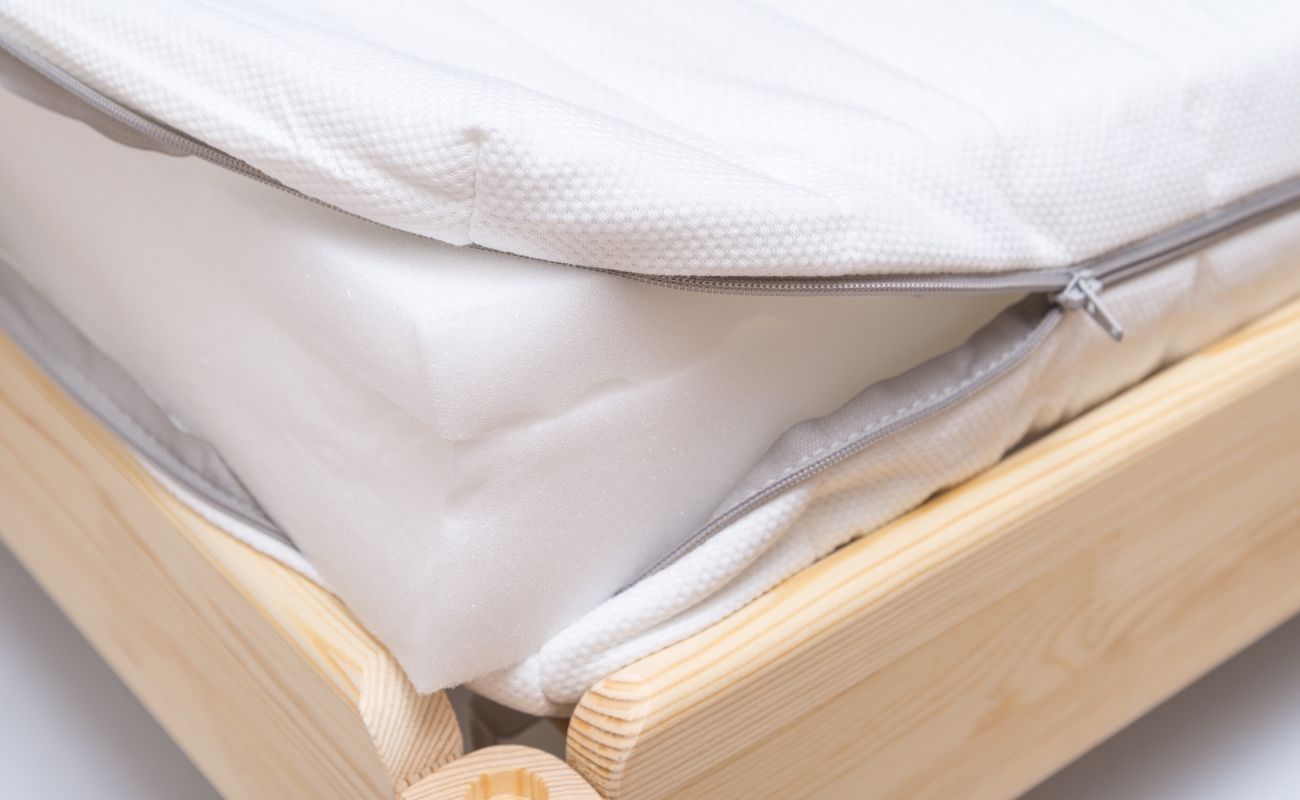
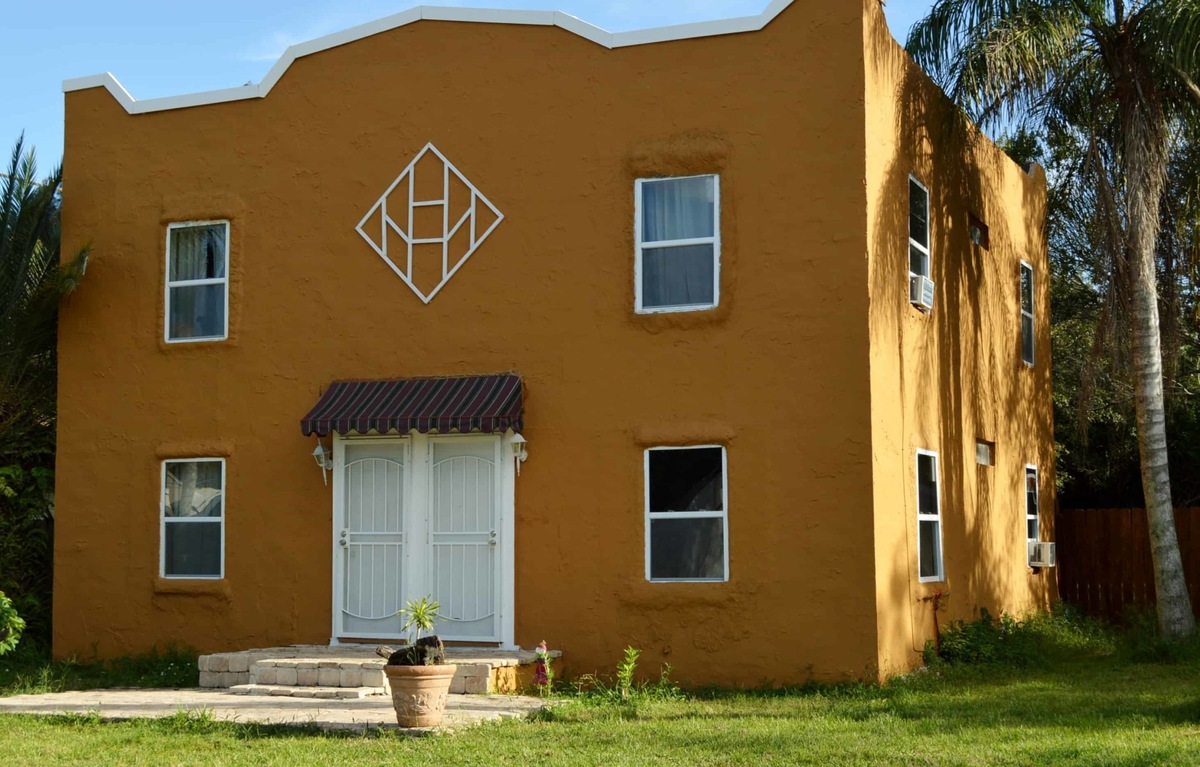
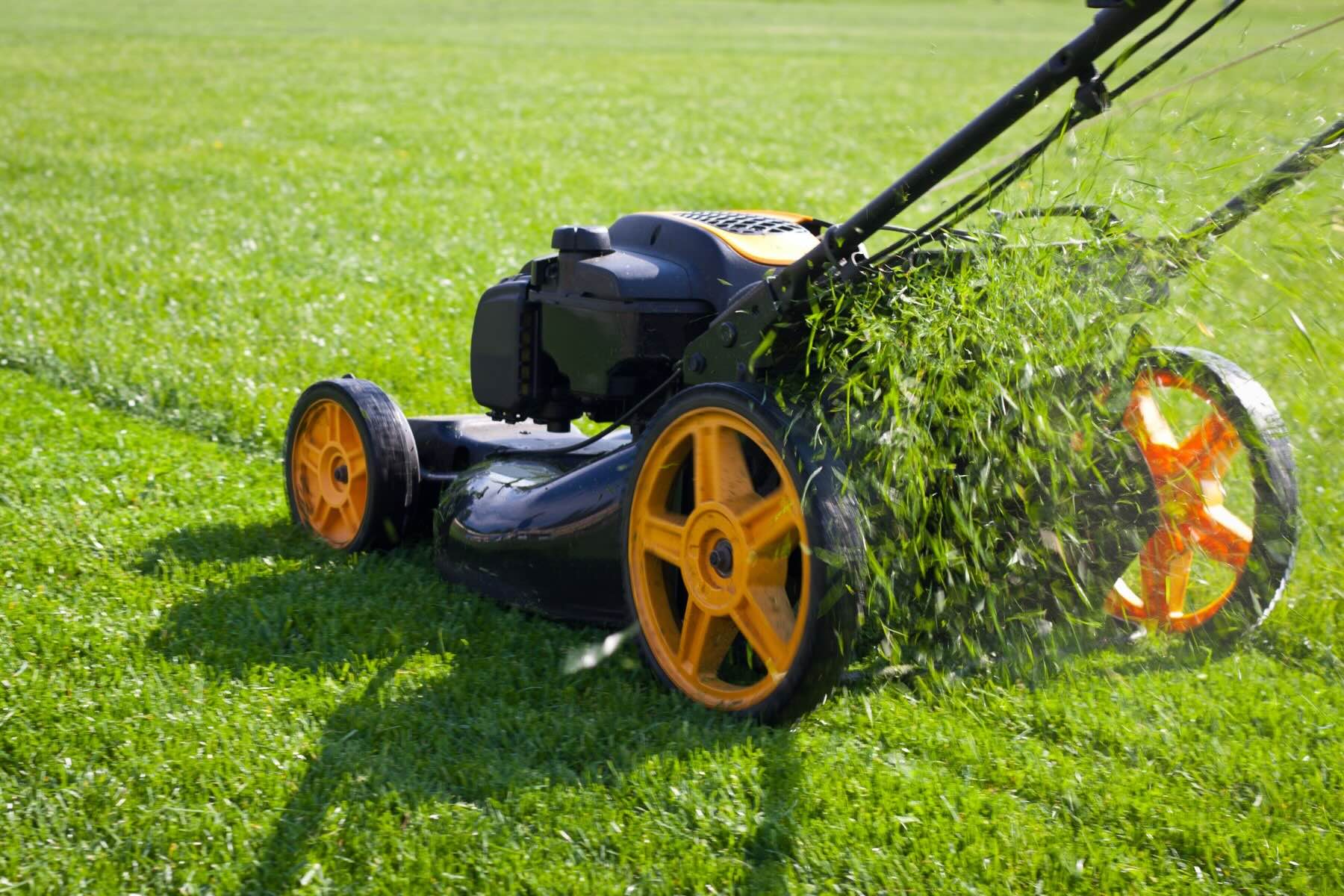
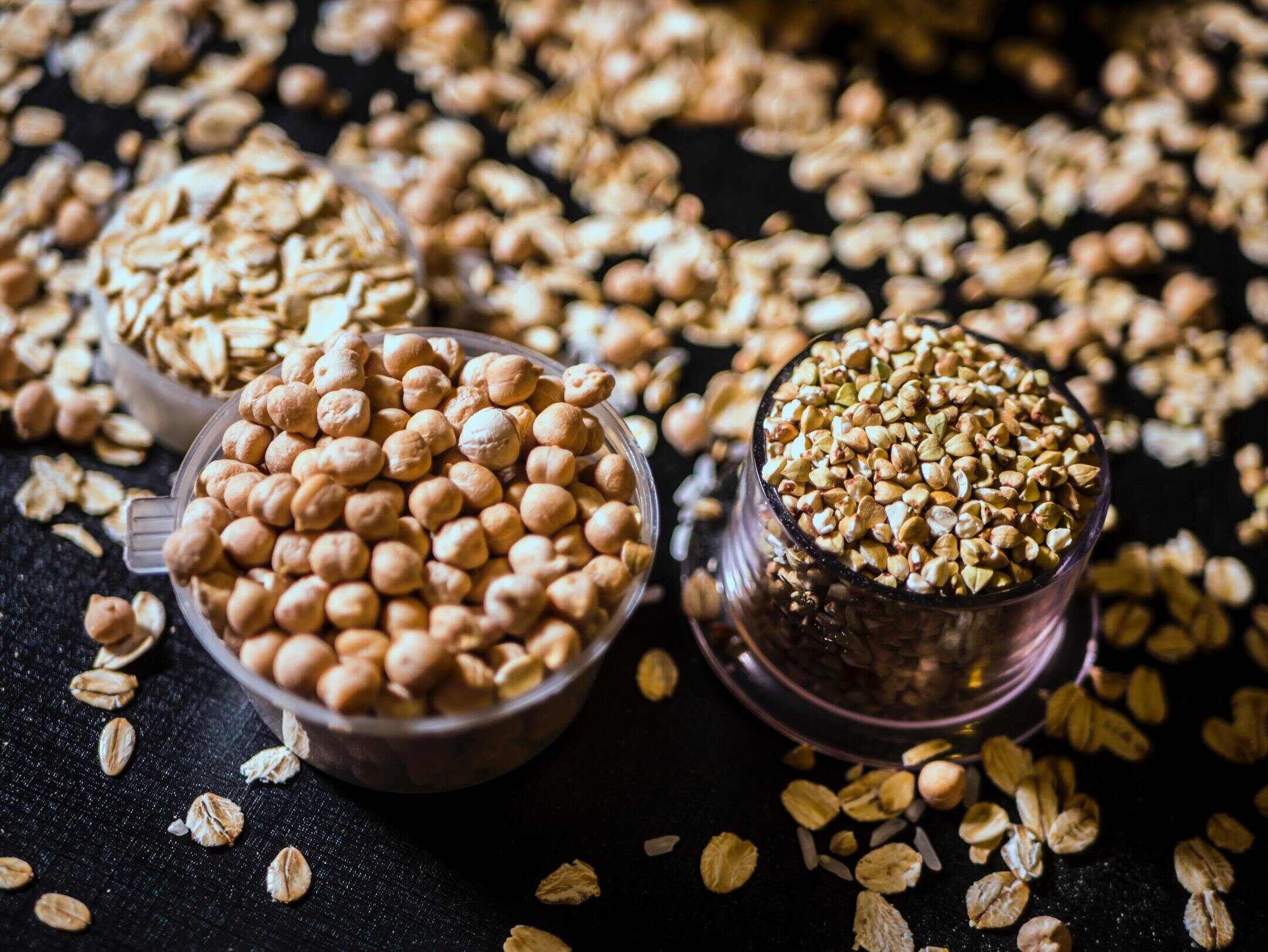
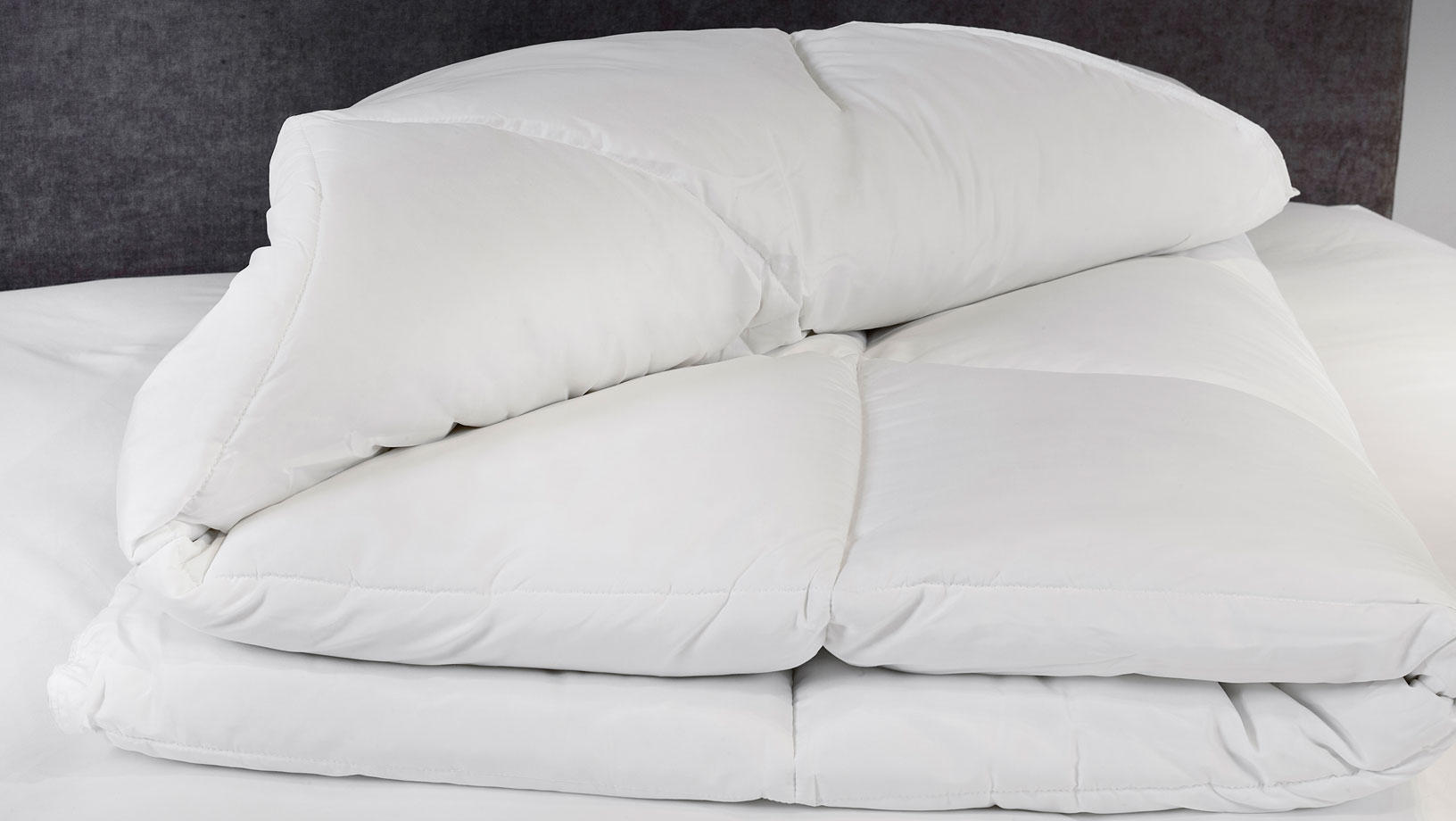
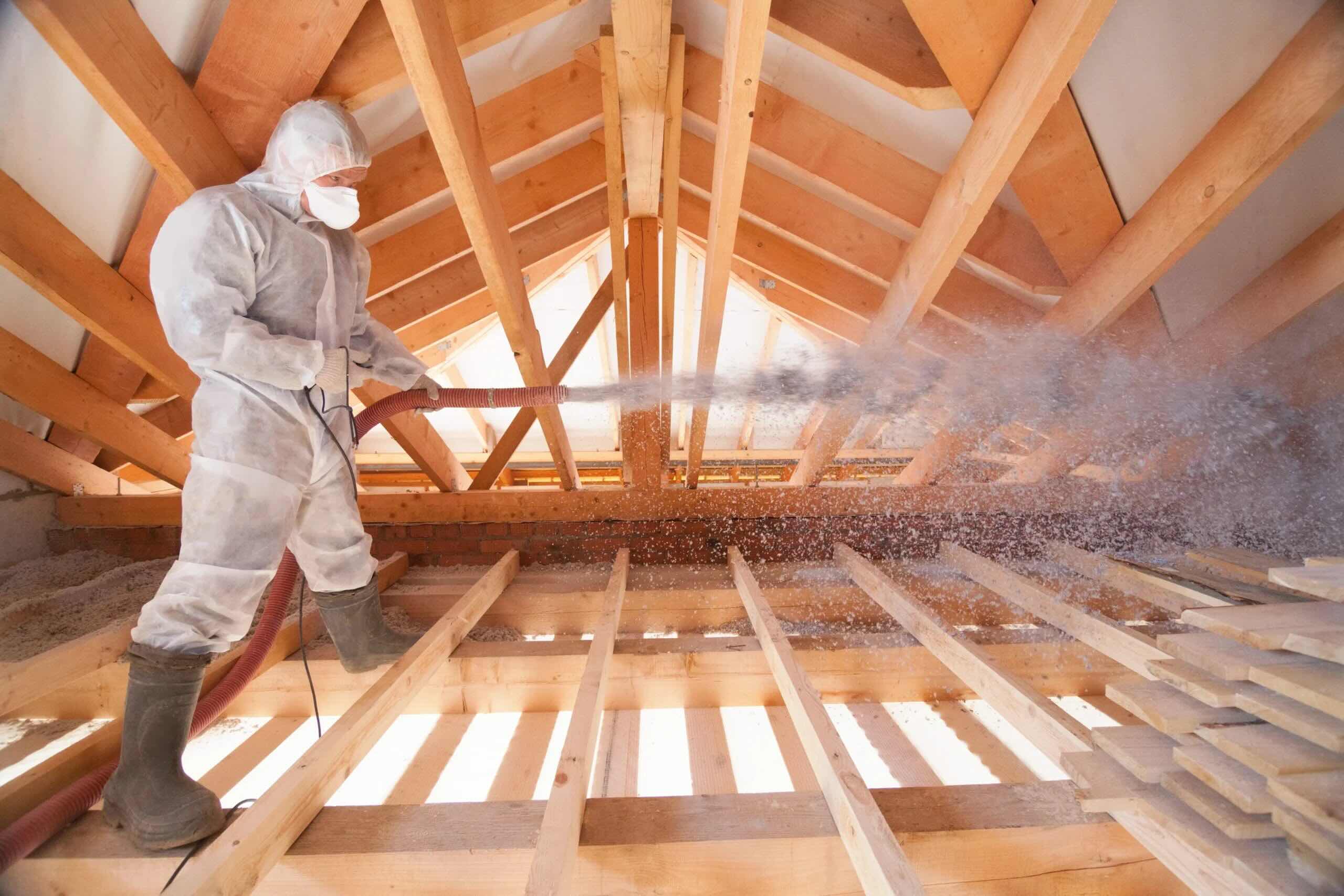

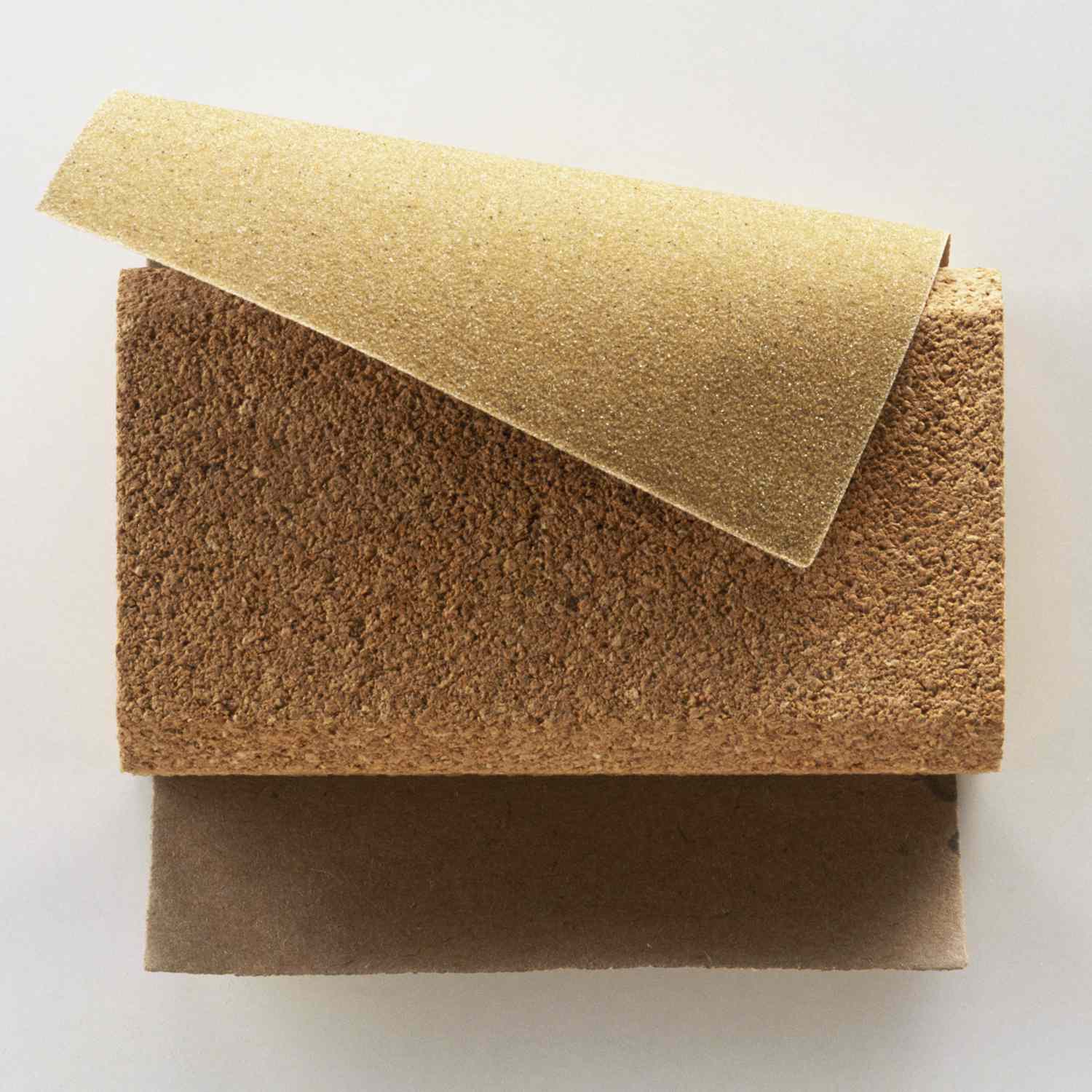

0 thoughts on “How Long Does Attic Insulation Last”